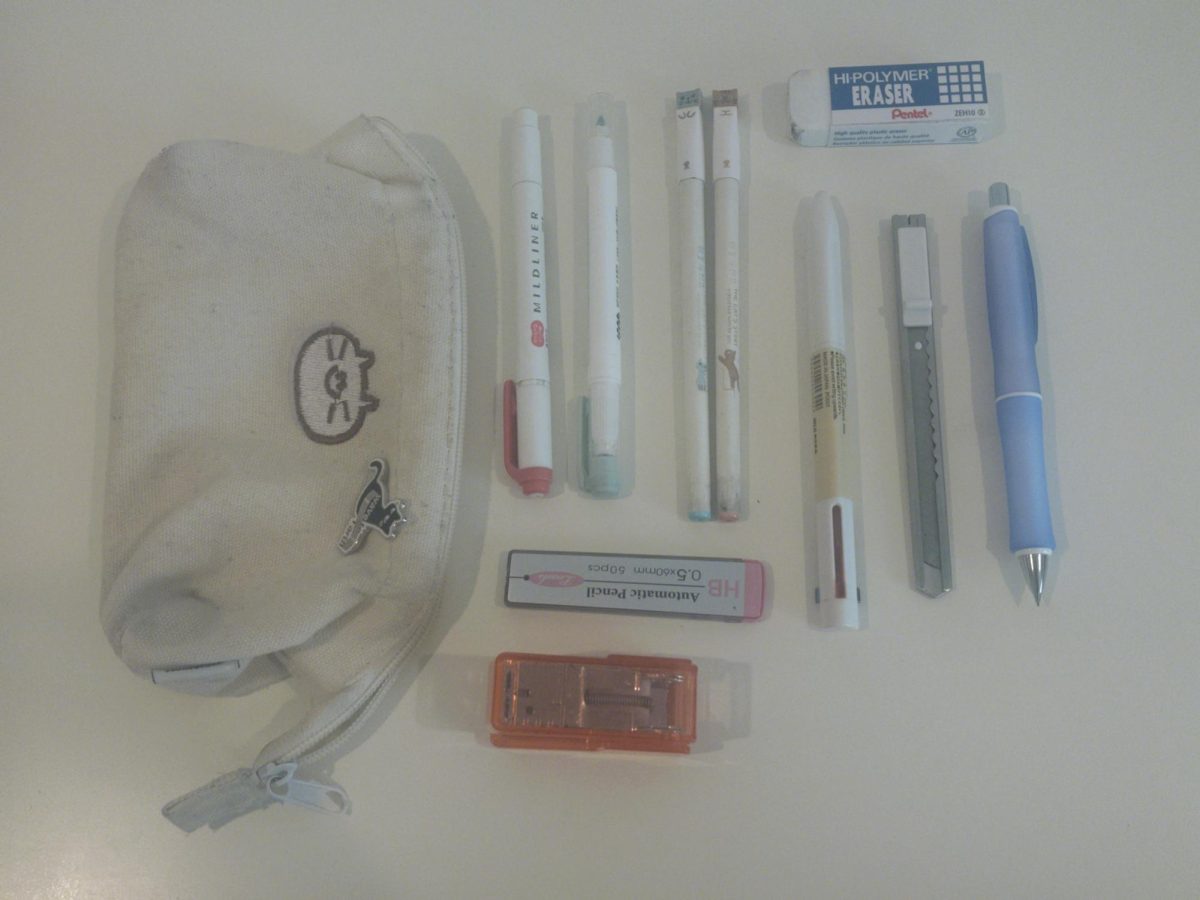Editor’s Note: Minor spoilers for “Dune: Part Two”
When I recently walked into a fully packed IMAX theater to watch “Dune: Part Two,” I had high expectations, given it was following up one of the most innovative movies of the past few years. Ten minutes in, I had already been blown away by the first scene alone, leaving me waiting in anticipation for what was to come.
Released on March 1, the second installment of this adaptation of Frank Herbert’s 1965 novel “Dune” succeeds in spite of its long and densely packed two hours and 46 minutes of run-time, going above and beyond what the sci-fi genre is usually capable of producing. Relying on beautiful cinematography and powerful performances from the cast, it has already set itself apart as one of the best movies of 2024.
The film adapts the second half of Herbert’s novel and picks up right where the first movie left off. It follows the story of Paul Atreides, played by Timothée Chalamet, as he rises to power on the desert planet Arrakis among the native Fremen. As someone who read the novel, I believe the movie excels despite — and sometimes because of — the changes director Denis Villeneuve made to the plot.
From the start, Villeneuve faced a momentous task with making this movie. Villeneuve had previously released “Dune: Part One” in 2021, which won six Oscars but was also criticized by casual viewers for being slow and lacking plot direction. Those opinions were understandable, as Herbert’s thick 700-page book, as well as Villeneuve’s first film, delve into more than just sci-fi action, tackling issues of politics, religion, oppression and environmentalism.
With “Dune: Part Two,” Villeneuve had to recapture the best aspects of the first film — its worldbuilding and exploration of each character — while also making it more engaging throughout in order to capture audiences’ attention. And there’s no doubt that he succeeded in both.
From the very first shot of the movie, cinematographer Greig Fraser re-establishes his dominance over the medium of film, having previously worked on “Dune: Part One” and 2022’s “The Batman.” From massive wide-angle shots of the vast sand dunes on Arrakis to disorienting dream sequences, Fraser makes the beautiful fantasy universe look like it could exist on our planet. Even tighter moments like fight scenes and conversations between characters are lit and framed to make for breathtaking visuals.
What stood out the most to me was the planet of Giedi Prime, home to the main antagonists of the film, the Harkonnens. The grimy and industrial world is captured by some of the most creative uses of black and white film that I’ve seen to this day, and fits in perfectly with the rest of the movie.
Complementing the impressive visuals is Hans Zimmer’s immersive score, which only builds on his Oscar-winning soundtrack for the first movie. Instead of using traditional orchestral music to score huge moments in the film, as is seen in movies like “Star Wars,” Zimmer takes advantage of a much more diverse range of voices and instruments to shape an authentic and fantastical sound. From light, fleeting instruments like the Armenian duduk to guttural throat chants that shake the whole theater, Zimmer is able to seamlessly transport the viewer into an entirely new world.
Although most of “Dune: Part Two” focuses on diving deep into heavy topics like religious fanaticism and the merciless nature of politics, what ultimately sets it apart are the more personal moments between its characters, grounded by amazing performances from its star-studded cast.
Chalamet delivers a stunning lead performance as Paul, staying reserved in the beginning of the movie only to release all of his emotions in the third act after a turning point in the story and his character. His powerful monologues, especially towards the end of the movie, command entire scenes, but he can just as easily draw back into tender moments of connection with his co-stars.
Alongside him are Zendaya and Rebecca Ferguson, who play Paul’s partner Chani and his mother Jessica, respectively. Both actresses, especially Zendaya, provide nuanced perspectives on the women not just in Paul’s life but the Dune universe as a whole, representing two important groups in the story — the Bene Gesserit nuns and the Fremen. Their portrayals stay true to Herbert’s vision by showing both the manipulative and caring aspects of their characters.
What especially drew me in was Zendaya’s growth throughout the movie and how her relationship with Chalamet evolves. What begins as a playful rivalry slowly turns to a mentor-mentee relationship and finally blossoms into a love story. The ending of the movie only cements Zendaya’s ability to portray both internal and external conflicts within her character, marking a performance that rivals that of her in “Euphoria.”
Supplementing these three lead performances is Javier Bardem playing Paul’s mentor-turned-follower Stilgar, who provides genuine comic relief that helps balance the tone of the movie. The rest of the cast is still no joke — the main villains, played by Stellan Skarsgård, Dave Bautista and Austin Butler, all deliver frightening portrayals of their characters, and Butler gives a standout performance as the psychotic Feyd-Rautha.
Without a doubt, “Dune: Part Two” is a complete success and is sure to be a major contender in next year’s awards season. But even more than that, Villeneuve’s epic is a testament to the ability to tell stories through the medium of film. If you ever have the chance to watch it, it’s an experience that you will never forget.




























